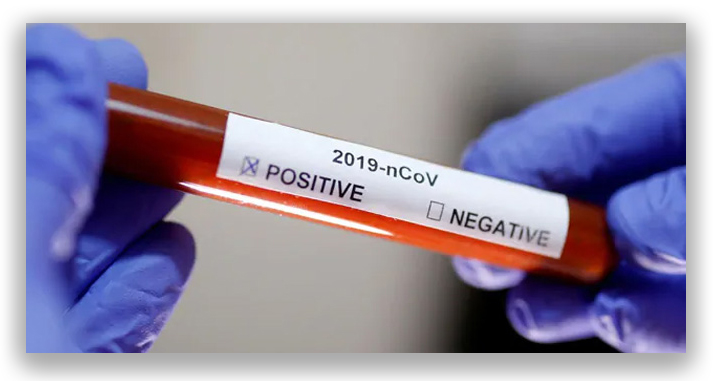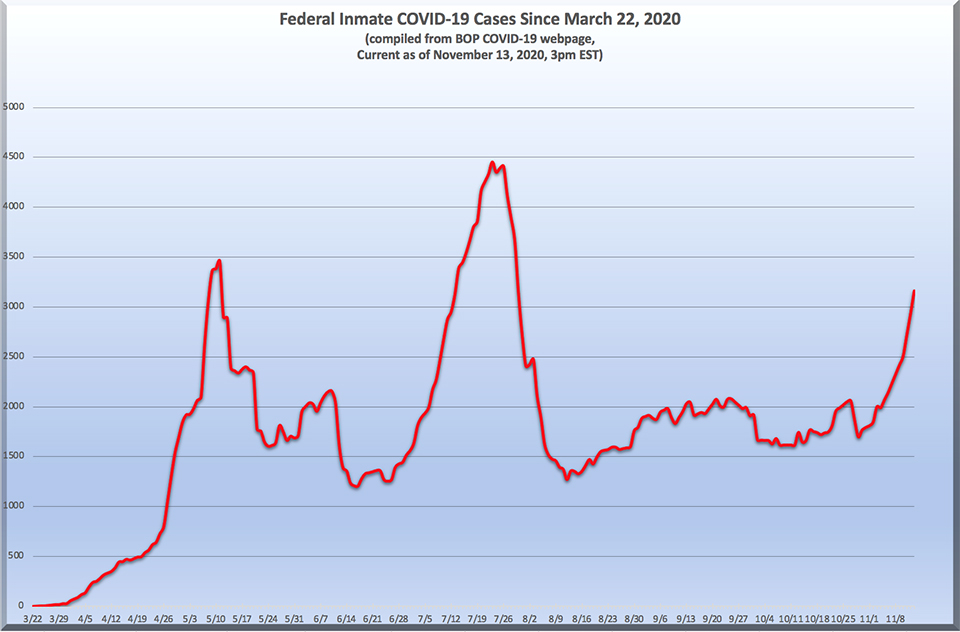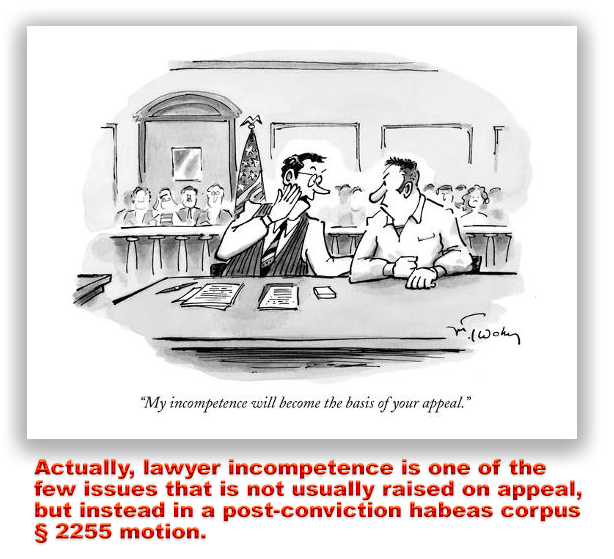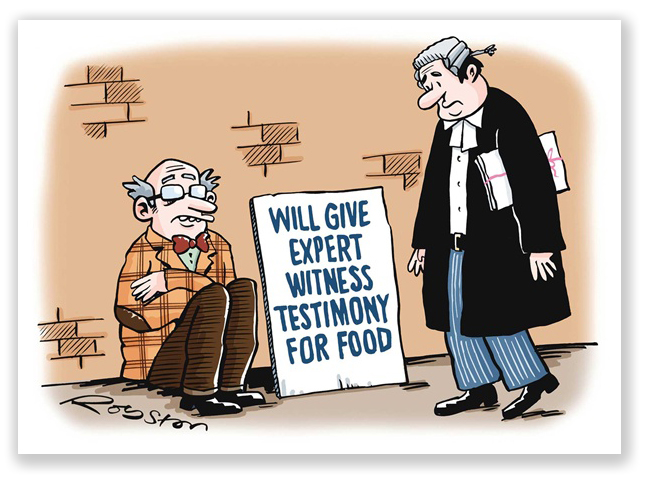We post news and comment on federal criminal justice issues, focused primarily on trial and post-conviction matters, legislative initiatives, and sentencing issues.

BOP TRANSFEREES BRING COVID TO FORT DIX, SENATORS SAY
The third wave of COVID-19 sweeping the country apparently does not intend to exempt the Federal Bureau of Prisons. Active inmate cases, which have averaged 1,900 a day since September 1, have shot up last over the last two weeks, hitting 3,163 last Friday. That’s the highest number of BOP cases since the end of July. At the same time, BOP staff cases hit an all-time high of 1,049. The virus is present in 119 of 122 BOP facilities.
Last week, Government Executive magazine reported that the BOP “has experienced perhaps the worst outbreak of any federal agency per capita, with about 7% of its workforce contracting the virus. All told, more than 2,500 bureau employees have tested positive. Nearly 20,000 federal prisoners have also contracted COVID-19, or about 14% of the federal inmate population.”
The death toll has mounted as well. Three more federal inmates deaths were reported since November 6th, one at USP Tucson and two at the Springfield medical center. Citing a National Commission on COVID-19 and Criminal Justice study, the Washington Post reported last week that “when adjusted for age, sex and ethnicity, the mortality rate in federal prisons is twice that of the general population.”
The BOP has reported that as last Friday that it has tested half of all inmates at least once. The number testing positive inched up a point last week to 26%. One out of four tests has been positive ever since the BOP began reporting testing last spring.
 The hottest BOP facilities for COVID-19 last week were USP Tucson (Arizona) with 363 inmate cases, and FCI Fort Dix, New Jersey (233 cases). These were followed by FCI Beaumont Low (Texas), USP Thomson (Illinois), FCI Bastrop (Texas), the FMCs at Butner, North Carolina, and Springfield, Missouri, USP Marion (Illinois), FCI Yazoo Medium (Mississippi), FCI Gilmer (West Virginia), FCI Greenville (Illinois) and FCI Jesup (Georgia), all with 100 or more cases.
The hottest BOP facilities for COVID-19 last week were USP Tucson (Arizona) with 363 inmate cases, and FCI Fort Dix, New Jersey (233 cases). These were followed by FCI Beaumont Low (Texas), USP Thomson (Illinois), FCI Bastrop (Texas), the FMCs at Butner, North Carolina, and Springfield, Missouri, USP Marion (Illinois), FCI Yazoo Medium (Mississippi), FCI Gilmer (West Virginia), FCI Greenville (Illinois) and FCI Jesup (Georgia), all with 100 or more cases.
The Fort Dix epidemic is especially troublesome, with Congressional criticism raining down on the BOP even as employee unions finger-point. Senators Robert Menendez and Cory Booker (both D-New Jersey) wrote to BOP Director Michael Carvajal last Monday, accusing the BOP of negligently transferring COVID-19 infected prisoners from FCI Elkton to Fort Dix, thus introducing the disease to Fort Dix. The senators said, “It is clear that BOP does not have an effective plan to ensure COVID-19 positive inmates are not transferred between facilities…”
The Philadelphia Inquirer reported last week that “as recently as mid-October, US Attorneys opposing compassionate release motions by Fort Dix prisoners argued that ‘the BOP has taken effective steps to limit the transmission of COVID-19’.” Now, the paper said, “videos purportedly taken by a prisoner inside Building 5812 and circulating among family members show a unit in chaos — debris scattered and trash overflowing — a byproduct of a shortage of staff and healthy inmate workers, according to family members.”
The BOP says all prisoners are quarantined for 14 days and tested prior to being moved. The receiving prison is also to test and quarantine new prisoners for two weeks, which is what Brian Kokotajlo, a BOP union official at Fort Dix, says happened there. He’s skeptical about how things were handled at Elkton. “They said the inmates were tested when they left Elkton, but personally I don’t believe that to be true,” Kokotajlo said. “If they tested them at Elkton, how they made it on the bus and how they made it to us and became positive in a six-hour drive across the state of Pennsylvania, nobody seems to be able to figure that out.”
 But Joseph Mayle, the Elkton union chief, blamed false negatives produced by COVID-19 rapid testing for infected prisoners being sent to Fort Dix. “My staff here, they’re not going to throw inmates on a bus without testing them,” Mayle said. “If that’s what they’re saying, that’s not what’s happening.”
But Joseph Mayle, the Elkton union chief, blamed false negatives produced by COVID-19 rapid testing for infected prisoners being sent to Fort Dix. “My staff here, they’re not going to throw inmates on a bus without testing them,” Mayle said. “If that’s what they’re saying, that’s not what’s happening.”
BOP spokesman Justin Long issued a statement denying that Elkton transfers caused the Fort Dix outbreak. “Contact investigations indicate the infections were not the result of this inmate movement but rather may have originated from the community,” Long said.
In Pekin, Illinois, local residents protested this past weekend, complaining that the BOP is failing to protect inmates from coronavirus and asking the agency to release eligible inmates to home confinement. Dozens of protesters gathering Saturday, “demanding inmate get proper medical care, nutrition and hygiene needed to keep safe from the virus,” a local TV station reported.
The group also alleged that “the BOP’s website is not keeping up-to-date information, saying the 66 confirmed cases within the Pekin prison is a false number,” WMBD-TV reported. “They believe that number is well over 100.”
Washington Post, Prisons and jails have become a ‘public health threat’ during the pandemic, advocates say (November 12, 2020)
Government Executive, Coronavirus Cases Are Spiking at Federal Agencies (November 12, 2020)
Philadelphia Inquirer, COVID-19 outbreak infecting hundreds at Fort Dix is ‘escalating crisis,’ N.J. senators warn (November 10, 2020)
VICE NEWS, Federal Prisons Keep Turning Into COVID Nightmares: ‘Everyone Looks Like Death’ ( November 12, 2020)
WMBD-TV, Pekin community members say federal prison system isn’t taking COVID-19 seriously (November 14, 2020)
– Thomas L. Root






















